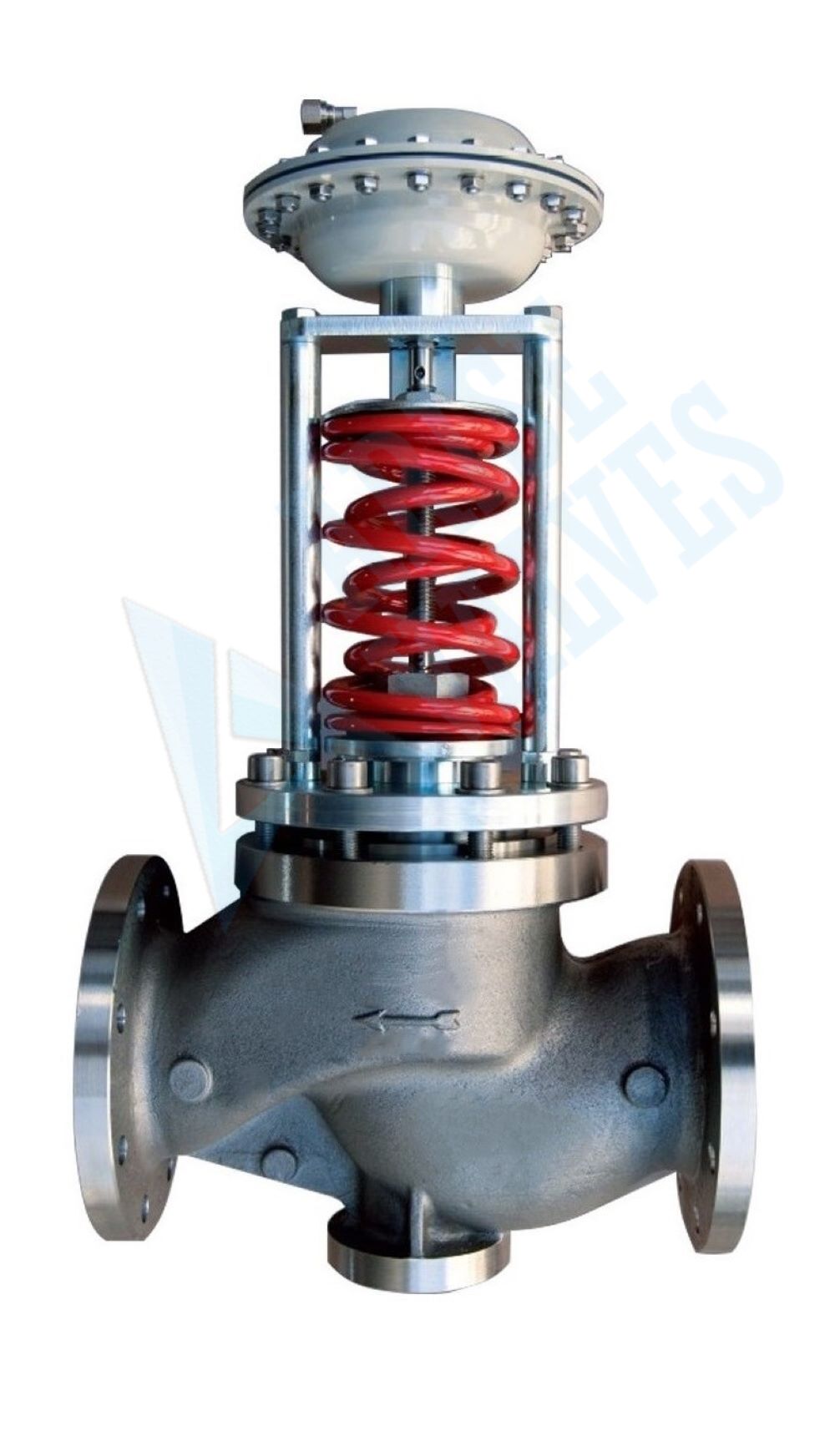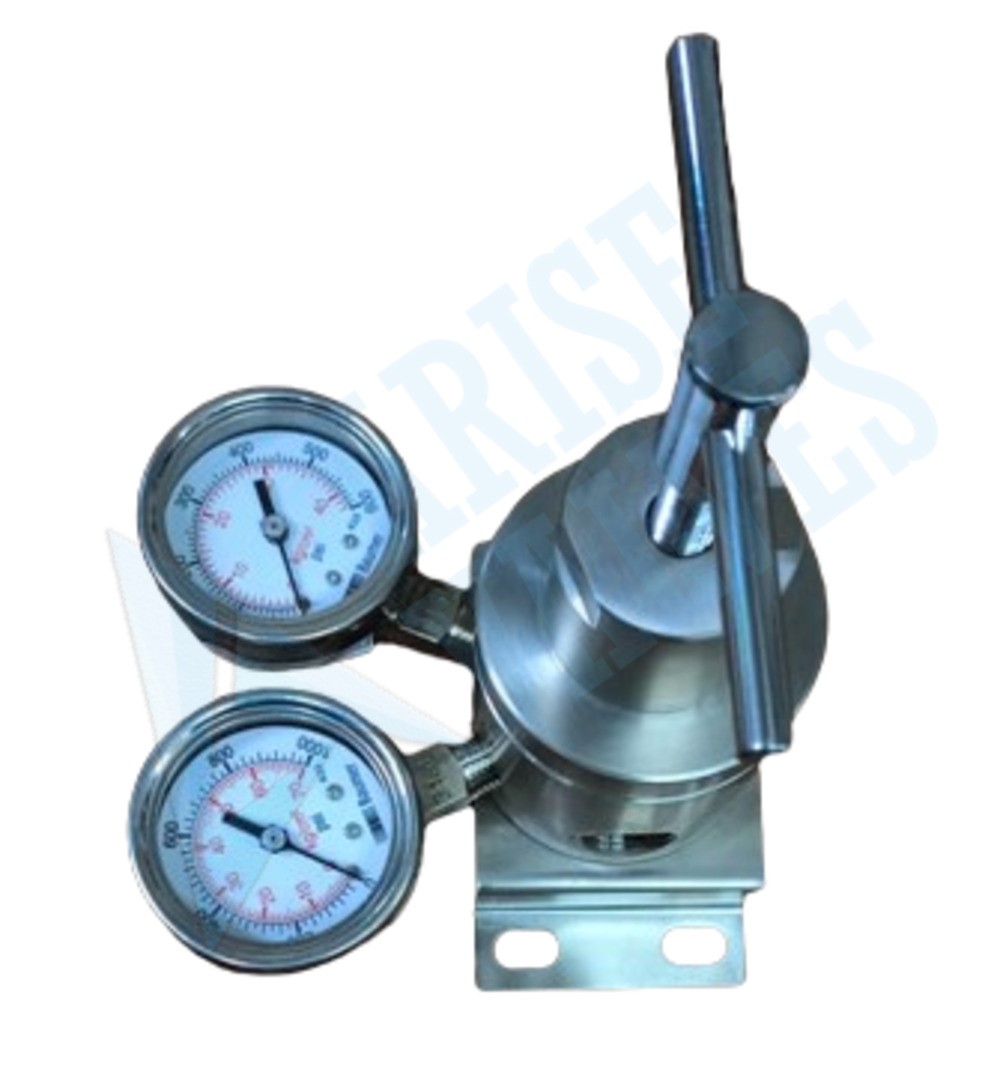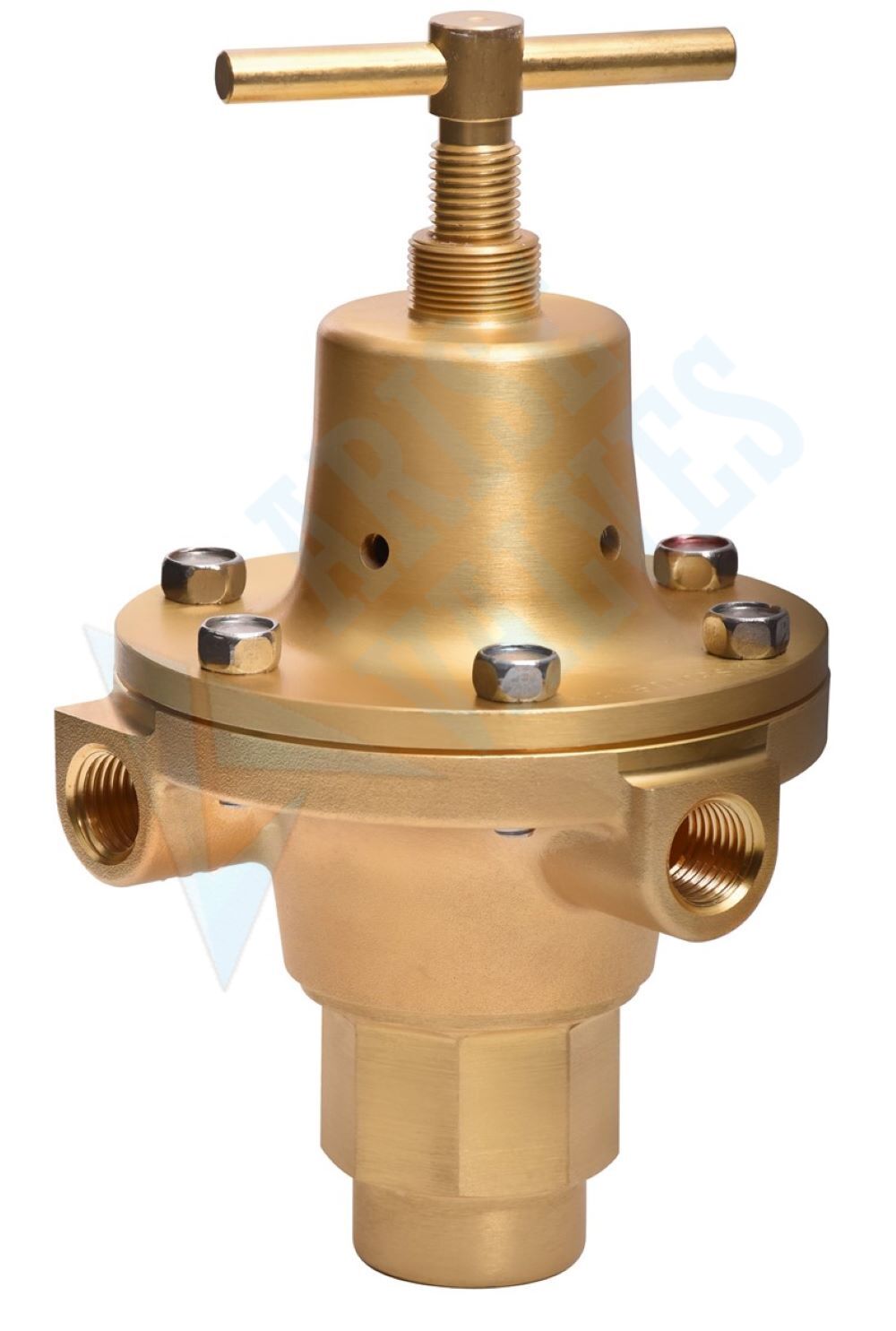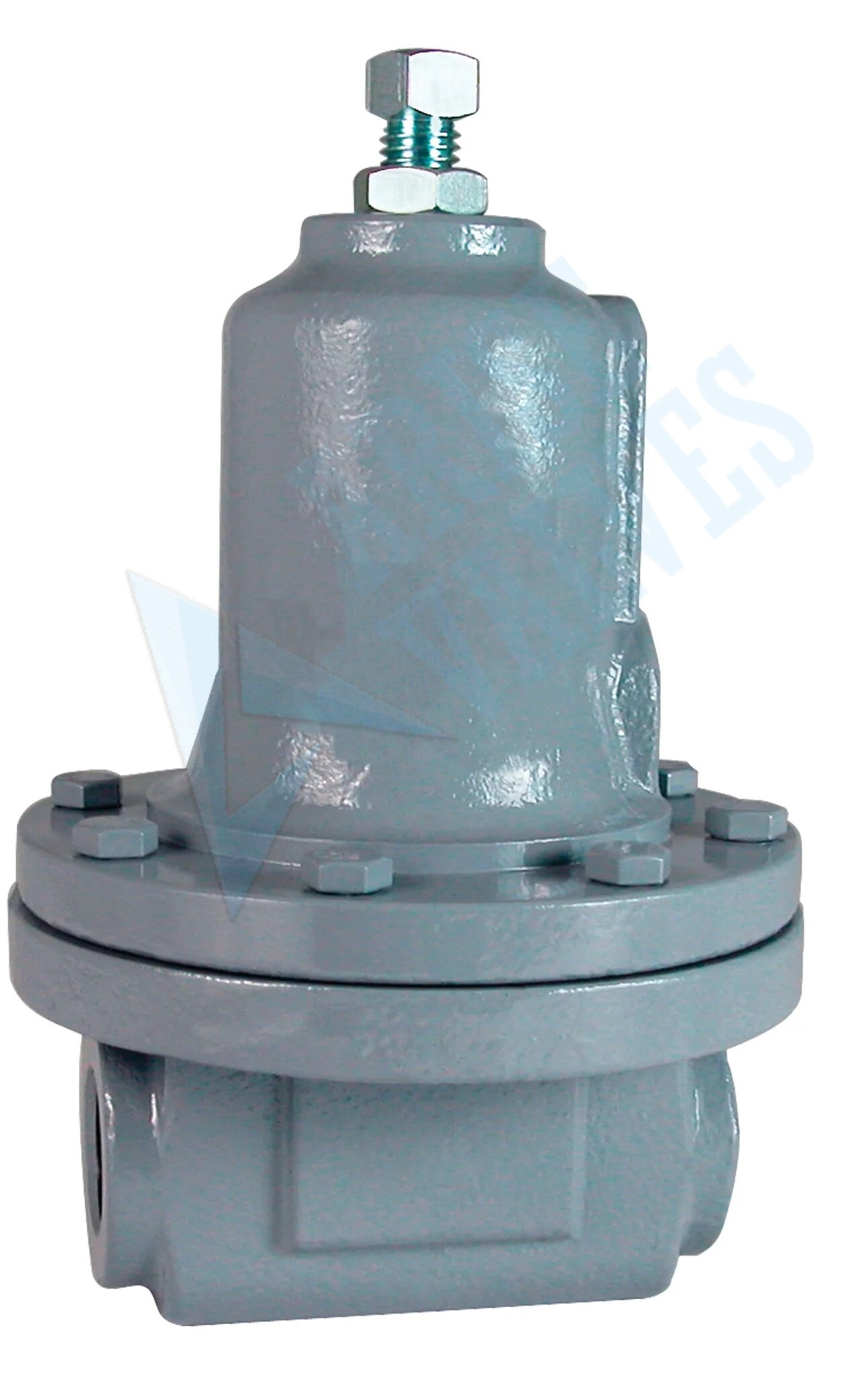Steam regulator
Steam Regulator
A steam regulator is a pressure control device used to maintain and regulate steam pressure within a system, ensuring safe and efficient operation of steam equipment.
Key Features
- Precise Steam Pressure Control: Maintains stable pressure for steam applications
- Automatic Operation: Adjusts steam flow based on system demand
- Multiple Connection Types: Threaded, flanged, SW, and screwed ends available
- High-Temperature Resistance: Designed for steam applications
- Available in Various Materials: Stainless steel, carbon steel, and alloy steel options
Types of Steam Regulators
- Direct-Acting Steam Regulator – Simple design with a diaphragm or spring for pressure adjustment
- Pilot-Operated Steam Regulator – Provides precise pressure control for high-capacity systems
- Self-Actuated Steam Regulator – Uses system pressure to regulate steam flow automatically
- Electric or Pneumatic Steam Regulator – Uses an actuator for automated control
Applications
- Boilers & Power Plants – Controls steam pressure in boilers
- Food Processing Industry – Regulates steam for cooking and sterilization
- Textile & Paper Industries – Manages steam usage in drying and processing operations
- Heating Systems & HVAC – Ensures stable steam supply in heating applications
- Chemical & Pharmaceutical Plants – Maintains precise steam pressure for industrial processes
Advantages
- Prevents Overpressure & System Damage: Enhances safety and equipment longevity
- Improves Energy Efficiency: Reduces steam wastage and optimizes performance
- Provides Consistent Steam Flow: Ensures smooth operation in industrial processes
- Adjustable Pressure Settings: Customizable for different steam applications
- Durable & Reliable: Built to withstand high temperatures and pressures
Maintenance & Safety Tips
- Regular Pressure Checks: Ensure optimal steam pressure levels
- Inspect for Leaks & Corrosion: Prevent system failures by addressing wear and tear
- Clean Valves & Pipes: Avoid blockages that may affect performance
- Ensure Proper Installation: Use high-temperature seals and fittings
- Follow Manufacturer Guidelines: Adhere to pressure and temperature limits for safety



